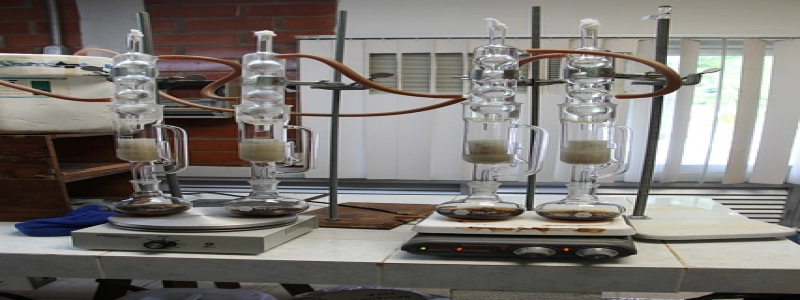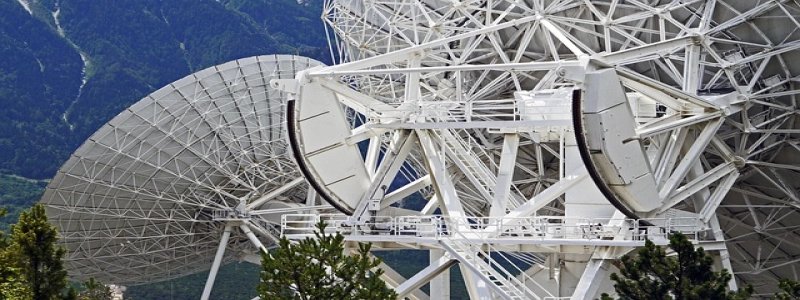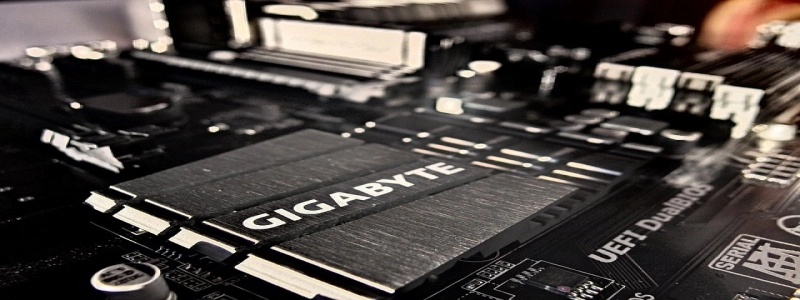Underground Conduit for Fiber Optic Cable
Introduction:
In the modern era of technology, fiber optic cables have revolutionized the way we communicate and transmit data. As a result, the demand for these cables has increased drastically. To ensure reliable and efficient communication, it has become necessary to install underground conduits for fiber optic cables. In this article, we will explore the importance of using underground conduits and their benefits.
Benefits of Underground Conduit:
1. Protection: Underground conduits provide necessary protection to fiber optic cables against environmental factors such as extreme weather conditions, excessive heat or cold, and physical damages. By keeping the cables away from potential hazards, the integrity and reliability of data transmission are ensured.
2. Security: Underground conduits enhance the security of fiber optic cables by preventing unauthorized access or tampering. Since the cables are concealed beneath the ground, they are less vulnerable to sabotage or theft, which ensures data confidentiality and integrity.
3. Reliability: Underground conduits provide a stable and reliable environment for fiber optic cables. The stable temperature underground eliminates the risk of temperature fluctuations, which can affect the performance of the cables. Additionally, underground installation minimizes interference from external electromagnetic signals, ensuring uninterrupted data transmission.
4. Scalability: Underground conduits allow for future scalability and expansion of fiber optic networks. As technology evolves and the demand for high-speed internet increases, the capacity of the fiber optic cables can be expanded easily by adding more fibers within the conduit. This flexibility enables network providers to meet the growing demands without significant infrastructural changes.
Installation Process:
1. Planning: The first step in installing underground conduits is strategic planning. This includes determining the route, identifying any existing utilities or obstacles, and obtaining necessary permissions and permits from local authorities.
2. Excavation: Excavation is carried out along the planned route to create a trench of appropriate depth and width. The trench must meet the requirements for cable placement and allow for future maintenance and repairs.
3. Conduit Placement: Next, the conduits are placed within the trench. These conduits can be made of various materials such as PVC, HDPE, or steel, depending on the specific requirements. They are laid out in sections and connected to form a continuous pathway for the fiber optic cables.
4. Cable Installation: Once the conduits are in place, the fiber optic cables are installed within the conduits using specialized equipment. The cables are carefully pulled or blown through the conduits to ensure proper placement and minimize any stress on the cables.
5. Testing and Maintenance: After the installation, thorough testing is conducted to ensure proper functioning and performance of the fiber optic cables. Regular maintenance and inspections are also essential to identify any potential issues and carry out timely repairs to prevent service disruptions.
Conclusion:
In conclusion, the use of underground conduits for fiber optic cables provides numerous benefits, including protection, security, reliability, and scalability. The installation process involves strategic planning, excavation, conduit placement, cable installation, and ongoing maintenance. By utilizing underground conduits, we can ensure the efficient and uninterrupted transmission of data, playing a crucial role in the advancement of communication technology.








